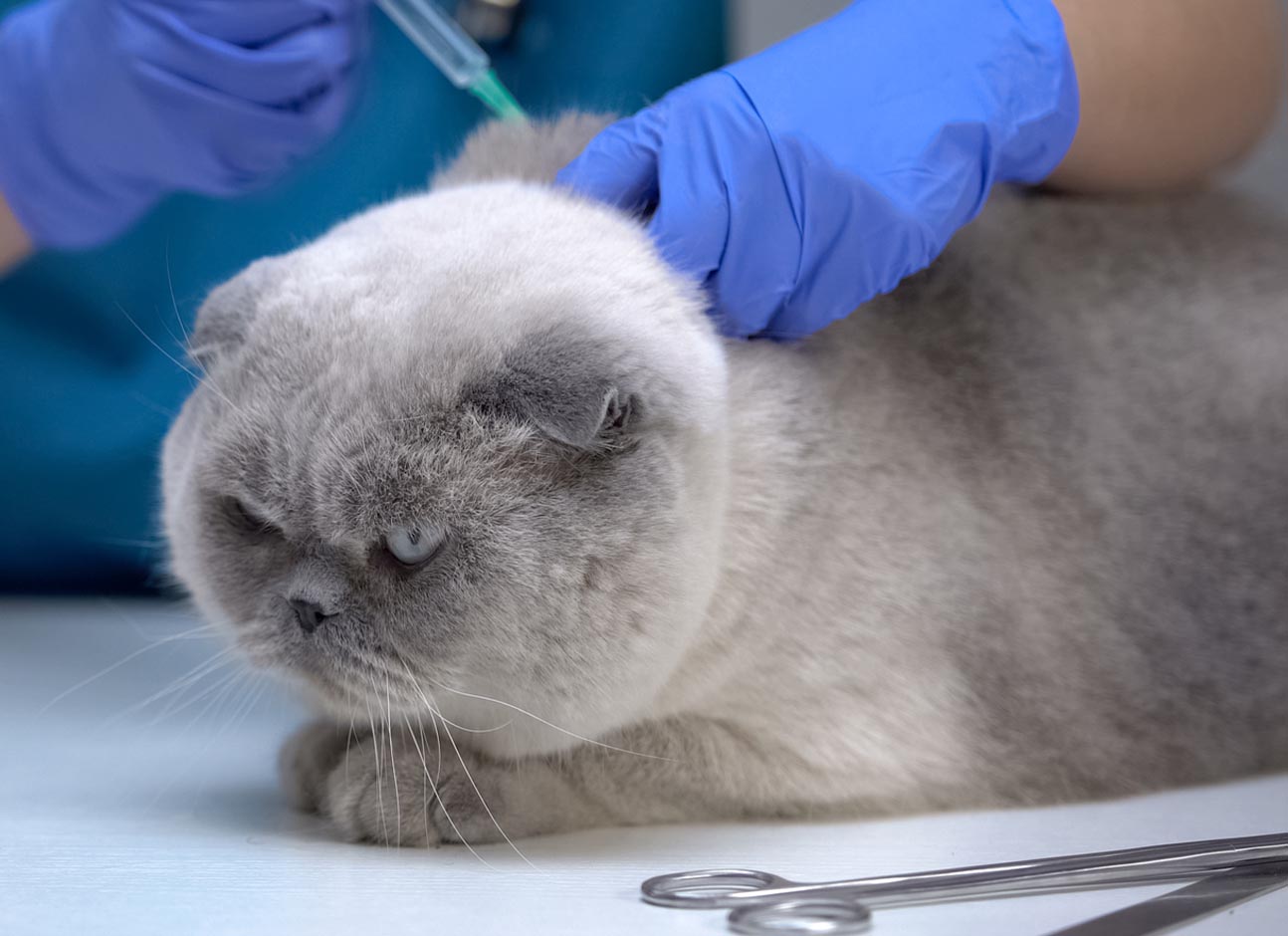Coronavirus infection is common among humans and has also affected cats. Cats worldwide suffer from this infection, and it poses significant challenges for breeders of pedigree cats. The infection manifests in various ways, ranging from diarrhea to effusion peritonitis, with different symptoms observed in different populations. In some cases, the disease may be asymptomatic for extended periods.
Veterinarians identify two groups of coronavirus in cats, depending on the pathogenicity of the strains:
Highly pathogenic strains, also known as feline infectious peritonitis virus (FIPV).
Intestinal coronaviruses in cats, or feline enteric coronavirus (FECV), are considered relatively harmless or cause only mild enteritis.
These groups of coronavirus strains typically belong to the same viral population, differing only in their pathogenicity. FIPV is believed to result from a mutation of FECV, occurring spontaneously and unexpectedly during the course of the disease.
Coronavirus in cats may lead to complications such as dry or wet infectious peritonitis. Wet peritonitis, or effusion peritonitis, involves the accumulation of a viscous, light-colored fluid in the peritoneal and pleural cavities. Dry infectious peritonitis causes chronic pathological changes in the animal’s organs. Both types of peritonitis often result in death.
The virus spreads through various means, with oral transmission considered the primary route. Some studies suggest it can also be transmitted via the placenta. The virus can be shed in saliva and feces, and long-term carriers may continue to release the virus into the environment.
Diagnosis involves serological tests using blood samples or ascitic fluid in cases of wet peritonitis.
Clinical signs of peritonitis are often subtle and non-specific. Common symptoms include fever (up to 39.5 degrees Celsius), lethargy, reduced playfulness, appetite loss, vomiting, diarrhea, and respiratory issues. Wet infectious peritonitis may cause rapid development of ascites, leading to weight loss, anemia, and depression. In 20-25% of cases, effusion may develop in the pleural cavity. If untreated, the disease may progress to jaundice and ultimately result in death.
Dry infectious peritonitis leads to pathological changes in various organs, with symptoms depending on the affected organs. Abdominal organs, particularly the liver, and kidneys, are most commonly affected, though the nervous system and eyes may also be involved.
Treatment for infectious peritonitis depends on the symptoms. It is essential to address specific signs of the disease carefully, considering any existing conditions that may worsen the course of peritonitis. Pet owners should closely monitor their pet’s behavior and overall condition, consult with their veterinarian regularly, and conduct frequent tests. Self-treatment at home is strongly discouraged, as it can lead to rapid deterioration and death.
